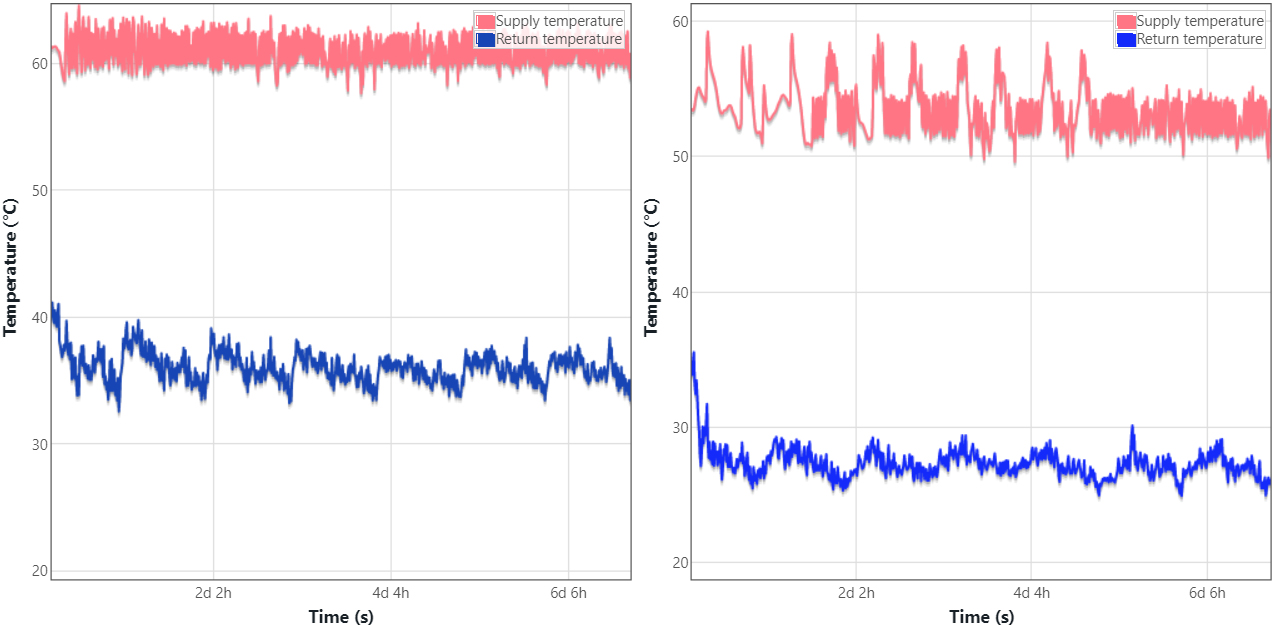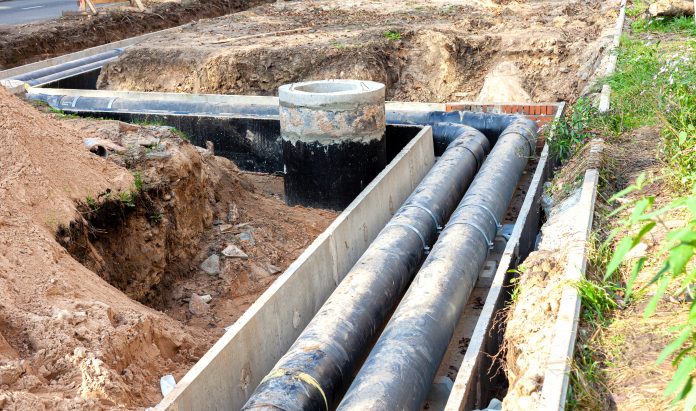Ruben Vos, Heat Network Specialist from Hysopt, discusses the importance of investing in digital twin software when designing heat networks
Decarbonising heat to meet EU carbon targets is a major challenge. Heat networks and communal heating could vastly contribute to cost-effective decarbonisation of heat in urban areas. To deliver upon the projected carbon savings and offer affordable heat to customers, the heat networks we develop in the next decades, need to deliver upon their promises. Unfortunately, we need to admit that there is often a hefty gap between expected and real performance of a heat network. Digital twin software can help to close that performance gap by accurately predicting the performance of a heat network before it is being built, hence challenging the designer to go that extra mile.
What is a digital twin?
A digital twin is a virtual replica of something physical – be it an asset, product, or system. Digital twins enable designers and building managers to “predict the future” of their installation – and to bring transparency to help answer difficult questions that might otherwise rely on assumptions or rules of thumb.
In the case of heat networks, a digital twin can provide heat network designers and operators with a much clearer understanding of how their heat network will perform. Or stated otherwise, it will make the performance of a design measurable before it is being built.
What’s wrong with the traditional approach to HVAC design?
Traditional approaches to heat network designs tend to be only based on peak load calculations. However, for more than 99% of the year, installations don’t operate at these “full load” conditions. This is where an HVAC digital twin brings real value. By applying thermal load profiles, weather data and control strategies the digital model has the ability to dynamically simulate system behaviour under continually variable “part-load” conditions – along with the impacts these have on costs, carbon emissions and comfort levels.
Focusing on peak load condition in combination with poor system design, based largely on assumptions and rules of thumb, leads to a heat network which ultimately:
- Cost too much to install;
- Cost too much to run;
- Don’t deliver expected carbon savings;
- Fail to deliver adequate thermal comfort.
Let’s not settle for good practice
Industry standards which are describing good practice are playing an important role in increasing the quality of heat networks. Current good practice, however, still relies on static design tools to design a heat network which is unable to unlock the real performance a heat network could offer. To illustrate why we shouldn’t settle for good practice, we have built 2 models in the Hysopt software. Each model is a digital twin of a small heat network delivering heating and hot water to apartment blocks, fed by an energy centre with air source heat pumps and top-up gas boilers. Both models are fit with the same HIU, same 55/35°C radiators, same heating schedules on the thermostats and same hot water tapping profiles. The only difference being the way the heat network is designed. One of the models is designed as a so-called “60/40-network” according to industry standards and with traditional static design tools. The other model is optimised with the Hysopt software, using insights about the dynamic behaviour.
Traditional design tools, as they don’t perform detailed thermal and hydraulic calculations, tend to oversize heat networks. In this example, the design optimised with the Hysopt software would result in a CAPEX saving of about 2,000 €/apartment.

As the plots in Figure 1 indicate, the optimised design will deliver lower operating temperatures. In combination with smaller pipes and an improved keep warm strategy, distribution losses have dropped with 59%. Pump consumption has decreased with 53% and COP of the heat pump has increased from 3 to 3.4. Overall, this has led to an energy cost saving of 29% and a carbon saving of 39%. Over a 25-year lifetime, life cycle cost saving of 3.200 €/apartment has been realised.
Conclusion
Whilst heat networks could contribute significantly to cost-effective decarbonisation of heat, they don’t always deliver upon their promises and thereby don’t realise the anticipated energy and carbon savings. Following good practice, a heat network designer can deliver respectable performance. Good practice, however, still relies on static design tools to design a heat network which is unable to unlock the real performance a heat network could offer. A thermal and hydraulic design and simulation tool like Hysopt could capitalise on all these marginal gains. In our example, this could realise a saving of 3.200 €/apartment in the life cycle cost of a communal network compared to a good practice design. In terms of bridging the gap between a heat network with low carbon technologies and the counterfactual (often considered as individual gas boilers), this will certainly make a meaningful impact and be most welcomed by heat network operators and customers.
Please note: This is a commercial profile











